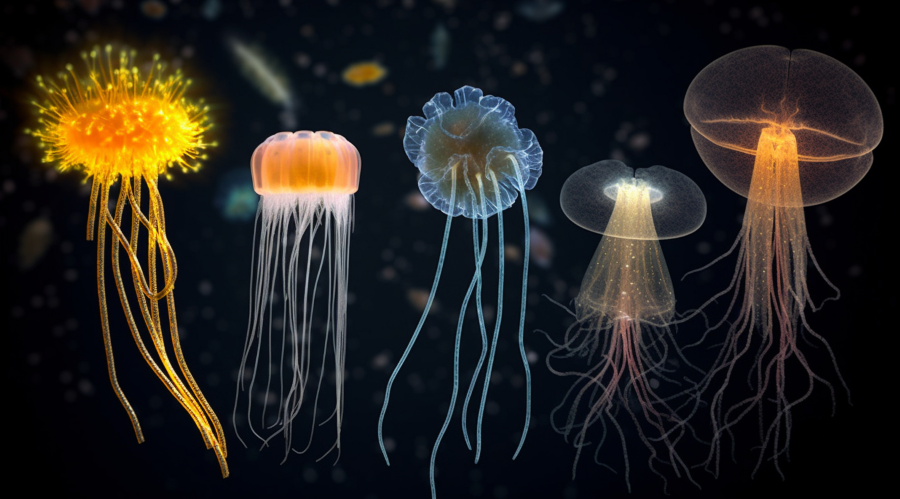
The question of which animal branched off first from our shared common ancestor has finally been answered, thanks to groundbreaking chromosomal analysis techniques. For years, the scientific community debated whether the sea sponge or the comb jelly was the earliest diverging creature. Recent advancements have provided clarity on this matter.
All animals on Earth trace their lineage back to a common ancestor, with each branch on the tree of life leading back to a central trunk. However, that trunk had to split at some point to give rise to the diverse array of animals we see today. This initial split, occurring approximately 600 million years ago, has been a subject of great interest and complexity.
What we do know is that the first split resulted in the emergence of two creatures: the ancestor of almost all animals and its “sister” lineage, which gave rise to a specific group of modern-day animals.
For decades, scientists deliberated over which group of animals descended from the “sister” lineage—the one that diverged from all other animals. Sea sponges and comb jellies were the two primary contenders. Now, utilizing novel methods that analyze the chromosomes of these creatures, researchers believe they have found the answer.
The key to this breakthrough lies in examining not only the genes each animal possesses but also the locations of those genes on their chromosomes. As creatures evolve, chromosomes rearrange and genes shift position. Once genes move, it is highly improbable for them to return to their original locations.
By comparing the arrangement of specific gene groups on chromosomes in sponges and comb jellies with their placement in closely related non-animal single-cell organisms, researchers can determine which animal experienced the least gene reshuffling. This animal would have evolved first, as we are only considering the two options of sea sponges and comb jellies. In essence, the animal with the least gene rearrangement represents the “sister” lineage and the earliest divergence.
Through this analysis, the research team found that while both non-animal organisms and comb jellies exhibited 14 groups of genes located on separate chromosomes, the sponges had rearranged those 14 groups into 7, indicating a later split from the original genome compared to the comb jellies.
Therefore, we now have an answer! The comb jelly takes the title as the “sister” to all other animals, marking the first branch on the tree of life and representing the most genetically distinct animal.
Beyond solving a long-standing biological question, scientists are excited about the implications of this discovery for understanding the history and mechanisms of animal evolution. The pursuit of knowledge continues, and this finding provides yet another valuable piece to the puzzle.
(Author: Jackie Appel, with edits by Wall Street Herald)


Account trading platform Online Account Store